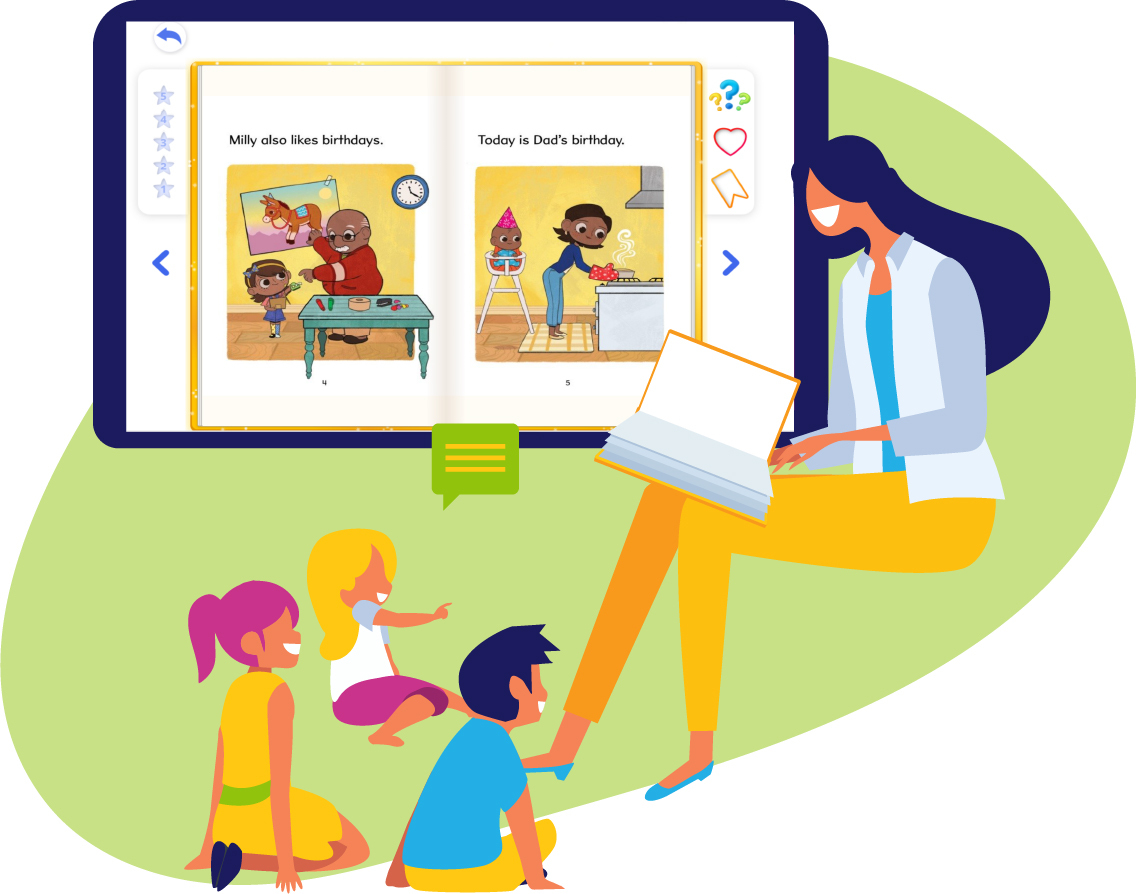
Student engagement is one of the major challenges parents and teachers are facing every day. Student engagement is often considered engagement in different behavioral, emotional, and cognitive activities in academic learning. The best way to motivate and involve students in learning is to ensure they can connect with the material on some level. Learners can master the knowledge, craft, or skills that the material promotes without exerting much mental effort.
Read on to find three unique strategies that help students stay engaged in their learning.
Start the lesson with an interesting fact – According to a study, your brain stops involving in a topic when it thinks it already knows. One way to jumpstart your brain from its sleeping state is to feed it with new and interesting information. So, these facts provide students with fun ammunition which is crucial to wake up your brain from its slumbering state and engage in the rest of the lesson.
Link routines to learning – Promoting learning through classroom routines is another way to involve kids in their learning. For instance, when a student washes their hands during bathroom breaks, you can easily teach them about body parts, physical hygiene and prevention of diseases, and water conservation. Similarly, the students can also learn about bathroom signage, left/ right, hot/cold antonyms, etc.
Exude enthusiasm and engagement – Building enthusiasm is difficult yet entertaining to watch. The more interest or excitement a teacher will show to teach a subject, more students will give it a chance to listen and learn. But, if you’re not interested to teach it, why would they be interested in learning it?
Encourage meaningful and relevant connections – Now, even if the teacher shows enthusiasm to teach a particular topic to the students, it isn’t enough to keep students engaged for the long term. Thus, you need to make the connection more relevant and meaningful to them. Encourage them to put their areas of interest into the lessons. Ask them to imagine, write a story around the things they like, or pick nouns and spelling errors from the sentences.
Give students choices – Student Engagement increases with the increasing empowerment among students to make their own choices on how they learn. One way is to divide the class in half, make small teams of three or four, or put them in pairs. Create a few groups among the students so that everyone has an equal share of contribution to the class discussion and problem-solving.
Teach students self-monitoring skills – Children often find themselves with a lack of self-awareness which results in straying off study tasks or they act in disruptive ways. Self-monitoring skill is an advanced way of engaging your children in their learning. This skill of regulating their behavior and working independently helps them succeed in their future career endeavor.
Turn lessons into games or stories – Students learn best when they have fun while studying. Keeping this concept in mind, teachers have given attention to the benefits of playing games in the classroom. Similarly, storytelling is another way to engage students in the classroom. This practice involves both logical and emotional areas of the brain. The listener can engage himself and remember the information shared within the story.